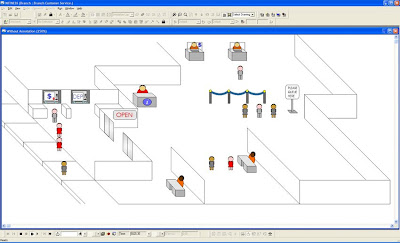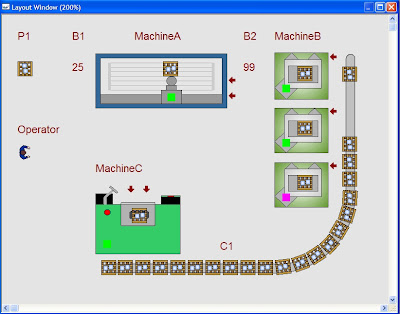Zeitung: Geheimstudie gibt Biodiesel schuld an hohen Agrarpreisen
Für das enorme Ansteigen der Nahrungsmittelpreise wird nach britischen Medienangaben in einer bislang geheim gehaltenen Studie der Weltbank die massenweise Erzeugung von Biokraftstoff maßgeblich verantwortlich gemacht.
London. Bis zu 75 Prozent der Preissteigerungen seien danach auf den Verbrauch von Agrarprodukten und -flächen für die Herstellung von sogenanntem Biodiesel zurückzuführen, berichtete die Zeitung „The Guardian“ am Freitag.
„Ohne den Zuwachs bei Biokraftstoffen wäre das weltweite Getreide- und Maisaufkommen nicht so spürbar zurückgegangen und Preissteigerungen durch andere Faktoren wären nur moderat ausgefallen“, zitierte die Zeitung aus der ihr nach eigenen Angaben vorliegenden Studie. Höhere Energie- und Düngemittelpreise seien seit Anfang 2002 bis Februar 2008 lediglich zu 15 Prozent am Steigen der Nahrungsmittelpreise beteiligt gewesen, während die Hauptursache dafür der Ausbau der Biodieselerzeugung sei.
Der bereits im April fertiggestellte Weltbank-Bericht wurde nach Überzeugung von Entwicklungshilfe-Experten unter Verschluss gehalten, um die Regierung von US-Präsident George Bush nicht zu brüskieren. Die Einschätzungen der Studie stünden im Gegensatz zu Behauptungen der US-Regierung, wonach die Erzeugung pflanzlicher Kraftstoffe lediglich zu weniger als drei Prozent an den Agrarpreissteigerungen beteiligt sei.
„Politische Führer scheinen darauf bedacht zu sein, die Beweise dafür zu unterdrücken, dass Biokraftstoff ein Hauptfaktor der jüngsten Steigerung der Nahrungsmittelpreise ist“, sagte Robert Baily, politischer Berater der Hilfsorganisation Oxfam, der Zeitung. „Während Politiker sich darauf konzentrieren, die Industrie bei Laune zu halten, können Menschen in armen Ländern sich nicht genug Essen leisten.“
Steigende Nahrungsmittelpreise haben nach Schätzungen internationaler Hilfsorganisationen dazu geführt, dass in den letzten Jahren weltweit zusätzlich etwa 100 Millionen Menschen in Armut gesunken sind. Nach Einschätzung des „Guardian“ könnten die neuen Erkenntnisse der Weltbank Regierungen in den USA und Europa unter Druck setzen, die eine verstärkte Biokraftstoff-Verwendung zur Reduzierung der Kohlendioxidemissionen sowie der Abhängigkeit vom Erdöl befürworten.
Die Agrarpreissteigerungen gehören zu den Themen des G8-Gipfels in der kommenden Woche in Japan. Befürworter eines weltweiten Moratoriums für die Erzeugung pflanzlicher Kraftstoffe könnten sich auf die Weltbank-Studie berufen.
Darin werde der Position widersprochen, wonach das Steigen der Nahrungsmittelpreise auf die höhere Nachfrage in Ländern wie China und Indien zurückzuführen sei. In der Studie werde dazu festgestellt: „Eine erhebliche Steigerung des Einkommens in Entwicklungsländern hat nicht zu einer großen Erhöhung des weltweiten Verbrauchs von Getreide geführt und ist kein wichtiger Faktor für die starken Preissteigerungen“.













 Spot the penguin: Bristol University researchers are using object-recognition software to monitor a colony of rare penguins on Robben Island, in South Africa. A green box indicates that the software “sees” a penguin; a yellow box means that the software has identified a particular animal based on its unique pattern of chest spots.
Spot the penguin: Bristol University researchers are using object-recognition software to monitor a colony of rare penguins on Robben Island, in South Africa. A green box indicates that the software “sees” a penguin; a yellow box means that the software has identified a particular animal based on its unique pattern of chest spots. Brain control: Shown here is the prototype of the commercial version of a new video-game controller from Emotiv Systems. The wireless headset has 16 embedded sensors that register electrical signals from the brain.
Brain control: Shown here is the prototype of the commercial version of a new video-game controller from Emotiv Systems. The wireless headset has 16 embedded sensors that register electrical signals from the brain.










